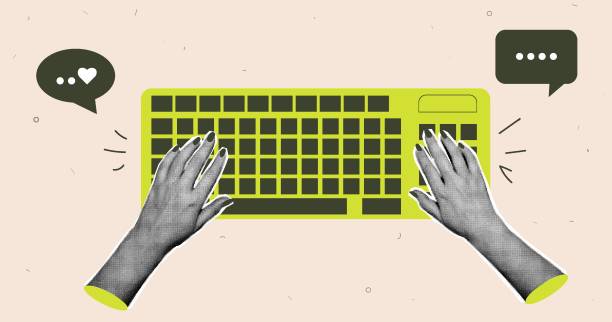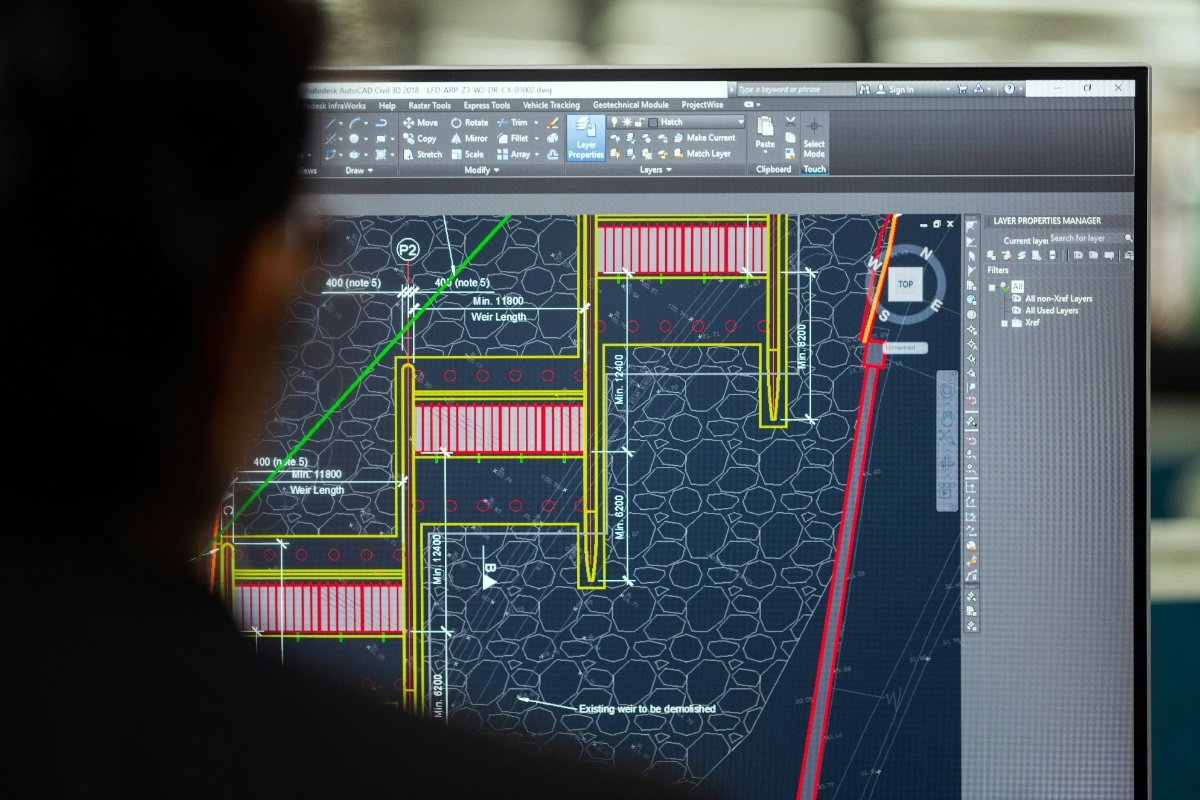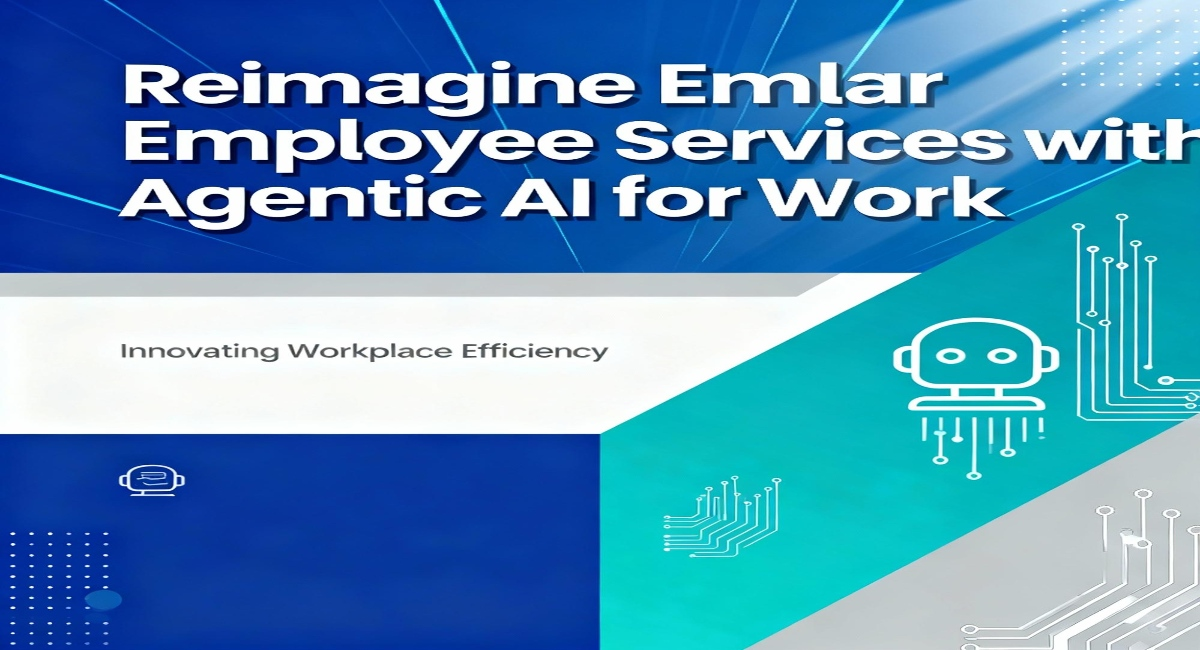
Virtual reality captures students` attention with interactive visuals and 3D environments. This technology encourages active participation, reducing boredom and boosting interest in complex subjects like science and history.
Students become part of the learning process instead of passive observers. VR allows them to explore worlds, manipulate objects, and engage in activities that deepen understanding through direct interaction.
Lessons with VR become memorable because they offer sensory-rich experiences. This heightened engagement improves knowledge retention, especially in visual and kinesthetic learners.
Gamified elements in VR can reward progress, motivate effort, and make learning enjoyable. Engaged students show increased curiosity, improved focus, and a stronger connection to educational content.
VR creates fully immersive environments, offering students a sense of presence in historical events, space missions, or microscopic worlds. This realistic context improves comprehension and critical thinking.
Unlike textbooks, VR lessons allow students to interact with virtual objects and environments. These interactions mimic real-world experiences, making abstract concepts more concrete and understandable.
Students can walk through a Roman city or travel inside a human body. These vivid experiences make lessons come alive, enriching understanding in ways traditional methods can`t achieve.
Immersion helps students stay focused by minimizing distractions. When learners feel "inside" the lesson, their attention naturally centers on the subject matter being presented.
Virtual simulations enable students to practice real-life skills safely. From performing surgery to managing emergencies, VR provides a risk-free way to train with precision and confidence.
Medical students can simulate surgeries repeatedly without harming anyone. This hands-on repetition sharpens their skills and prepares them for real-world procedures with better readiness.
In vocational training, learners can operate machinery or drive vehicles virtually. This builds muscle memory and competence before entering real environments, reducing error and improving performance.
Simulations bridge the gap between theory and practice. Students understand how concepts apply in actual situations, which enhances their ability to transfer learning into real-life decisions.
VR platforms often use data to adapt content in real-time, tailoring lessons to students’ individual learning styles, pace, and preferences. This personalization supports better understanding and growth.
Struggling learners receive extra support and slower pacing, while advanced learners can tackle challenging material. Everyone progresses at their own comfort level without feeling left out.
Students gain autonomy over their learning journey. They can revisit content, explore side paths, or repeat tasks until mastery, boosting confidence and reducing anxiety.
Adaptive feedback helps students improve continuously. Real-time analysis ensures that the lesson remains effective and aligned with each learner’s needs.
Virtual reality breaks geographic barriers by offering students global learning experiences. They can explore landmarks, ecosystems, and cultures without ever leaving the classroom.
VR field trips transport students to the Amazon rainforest, Egyptian pyramids, or the International Space Station. These experiences expand horizons and foster a global mindset.
Learning about other cultures firsthand improves empathy and cross-cultural understanding. It promotes tolerance and awareness in increasingly diverse and interconnected societies.
Access to global education makes learning equitable. Students in remote or underserved areas can still enjoy rich educational experiences, leveling the academic playing field.
Many VR platforms support multiplayer environments where students collaborate on tasks or solve problems together. This enhances teamwork, communication, and cooperation.
Students can build structures, conduct science experiments, or role-play scenarios in shared virtual spaces. These collaborative tasks teach them to delegate, negotiate, and think collectively.
VR fosters real-time interaction even when learners are miles apart. Students from different regions or countries can join together, promoting global teamwork and exchange of ideas.
Team-based VR learning boosts soft skills like leadership and listening. It also helps quieter students participate more actively in group discussions within the immersive setting.
VR helps remove barriers faced by students with physical or learning disabilities. Tailored VR tools and interfaces create an inclusive educational environment for all learners.
Students with mobility issues can explore inaccessible environments virtually. This allows them equal participation in field trips and lab work, boosting self-esteem and inclusion.
For neurodiverse learners, VR offers structured, sensory-controlled spaces. These reduce distractions and provide consistent environments that support focused, independent learning.
Text-to-speech, gesture control, and simplified interfaces enhance accessibility. Inclusive VR design ensures that education is a right enjoyed equally, not a privilege for the few.
Teachers use VR for professional development, gaining hands-on experience in classroom management, lesson delivery, and emergency response within a controlled environment.
Virtual teaching labs let educators practice techniques with AI-powered student avatars. They can experiment, learn from mistakes, and refine their methods without real-world consequences.
VR helps teachers explore new subjects before teaching them. For example, visiting virtual historical sites or science labs equips them with content knowledge and confidence.
Continuous training via VR is flexible and cost-effective. Teachers can access training modules from anywhere, ensuring they stay up to date with the latest educational practices.
While initial VR setup can be costly, long-term savings are significant. Schools save on travel, lab equipment, physical materials, and time, making it a smart investment over years.
Virtual field trips and labs eliminate transportation and material costs. Students can perform experiments repeatedly without consuming resources or facing safety risks.
Reusable content cuts down on recurring expenses. Once VR lessons are developed, they can be used across multiple classes, years, and subjects, offering great return on investment.
Centralized content management allows for updates and upgrades without printing or repurchasing. This efficiency lowers the total cost of ownership over time.
VR isn’t just for schools. It supports learning at any age, from preschool to retirees seeking new skills. Lifelong learners benefit from immersive, flexible, and self-directed education.
Adults can explore new fields like language learning, public speaking, or art through VR platforms. These experiences make skill-building engaging and less intimidating.
Corporations use VR for staff training, onboarding, and leadership development. Employees benefit from hands-on simulations that promote retention and minimize disruption.
Self-paced VR courses promote autonomy and flexibility. Learners choose when and how to engage with content, fitting education seamlessly into busy personal or professional lives.
VR can be used for emotional learning and mindfulness. Programs simulate social situations to help students develop empathy, self-awareness, and emotional regulation.
Role-playing scenarios teach students how to handle bullying, peer pressure, or difficult conversations. These experiences foster empathy and prepare them for real-life challenges.
Guided meditation and stress relief apps help students manage anxiety. Safe, calming environments support mental well-being and classroom readiness.
Social-emotional learning (SEL) is more impactful when students feel the emotions of characters or virtual peers. This emotional connection enhances moral reasoning and compassion.
As VR technology evolves, it will become more accessible and integrated into mainstream education. Devices will become lighter, cheaper, and more powerful, expanding their classroom use.
AI will further personalize VR content. Smart systems will analyze student behavior and adapt lessons dynamically, ensuring each learner gets the best possible educational experience.
Wider 5G adoption will enable smoother VR experiences with less lag and better streaming. This makes virtual learning seamless and more responsive, even in remote areas.
The rise of virtual reality in education promises a bold and dynamic future. It empowers learners, enhances engagement, and opens new doors to knowledge across every age and background.
This post has been published by the admin of our website, responsible for content management, quality checks, and providing valuable information to our users.






